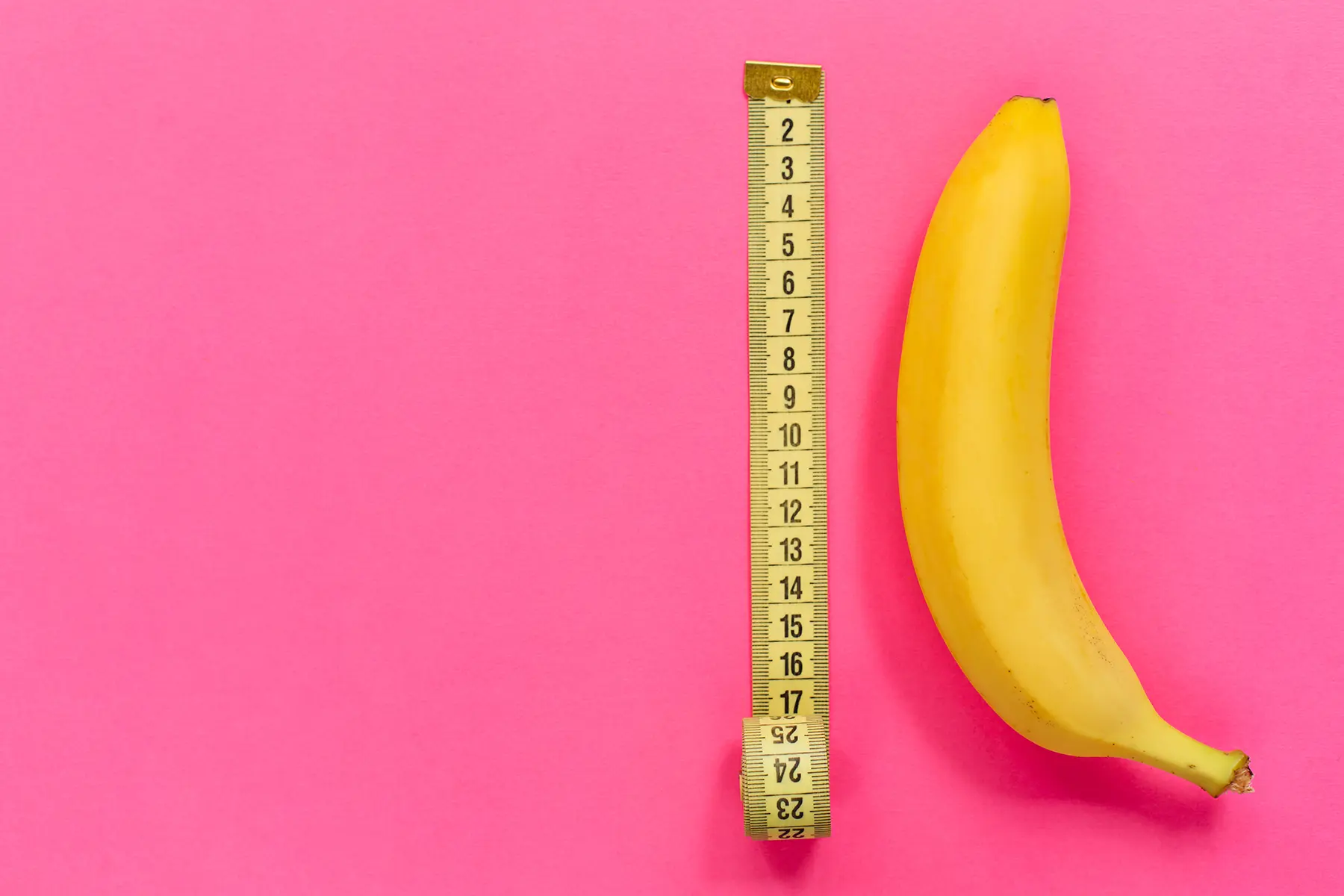
Are Dermal Fillers Affected by Diet or Weight Fluctuations?

Introduction
In the age of aesthetic wellness, dermal fillers have become a go-to solution for people seeking youthful skin, facial contouring, or subtle enhancements. But what happens when weight fluctuates? Can losing or gaining weight undo those expensive filler results? And more importantly, is your diet silently reshaping your face from the inside out?
This guide dives into the nuanced relationship between dermal fillers, diet, and weight changes. If you’ve ever wondered whether a few pounds gained or lost could change the way your fillers look,or if your nutrition could impact their longevity,this article is for you.
What Are Dermal Fillers?
Aesthetic vs. Medical Fillers
Dermal fillers are injectable substances used to restore lost volume, smooth wrinkles, and enhance facial features. Commonly used substances include:
- Hyaluronic acid (HA)
- Calcium hydroxylapatite (Radiesse)
- Poly-L-lactic acid (Sculptra)
- Polymethylmethacrylate beads (Bellafill)
While typically sought for cosmetic reasons,like lip plumping or cheek augmentation,they also have medical applications such as correcting facial asymmetry or post-surgical restoration.
How They Work
Most fillers add volume by attracting water to the injection site or stimulating collagen production. HA fillers, for example, bind water molecules, giving a plump, hydrated effect. Over time, these substances break down naturally and are absorbed by the body.
Understanding Facial Fat and Weight Fluctuations
The Role of Facial Fat Pads
The face contains deep and superficial fat pads that define your features. With weight loss, these fat pads can shrink, resulting in a more angular or sunken appearance. On the other hand, weight gain can increase fullness and even distort symmetry.
Does Weight Loss Affect Fillers?
Yes, but it depends on:
- Where the filler was placed: If injected into a region heavily reliant on fat (e.g., cheeks), volume loss from fat reduction can make fillers appear more prominent or uneven.
- How much weight was lost: A loss of more than 10–15 pounds can noticeably change facial structure.
- Skin elasticity and age: Younger individuals may bounce back better. Older patients often see sagging post-weight loss, making previously subtle fillers more noticeable.
Scientific Evidence and Expert Opinions
Research and expert commentary suggest that dermal fillers are not directly affected by fat burning or metabolism, but the context in which they are placed (your facial anatomy) can change.
What Dermatologists Say
According to dermatologists interviewed by Healthline:
“Dermal fillers reside in specific planes of the face,deep or superficial layers,and they remain in place regardless of weight changes. However, the surrounding fat may shrink, shift, or redistribute, affecting how the filler appears.”
,Dr. Whitney Bowe, Dermatologist
Insights from Clinical Studies
A 2021 paper published in the Journal of Clinical Aesthetic Dermatology notes that the longevity of HA-based fillers is not significantly impacted by metabolism or weight loss. However, aesthetic outcomes may appear different depending on:
- Hydration levels
- Loss of collagen with age
- Changes in subcutaneous fat distribution
Does Diet Influence Fillers?
The Nutritional Connection
While your lunch won’t melt your fillers, certain dietary patterns can influence skin health and filler performance indirectly.
- High sugar diets can accelerate glycation, breaking down collagen and elastin.
- Dehydration may make HA fillers look less plump.
- Low-protein intake impairs tissue repair, possibly shortening the lifespan of fillers.
- Antioxidants and healthy fats support skin elasticity and help maintain a youthful look.
So while diet won’t “dissolve” your fillers, poor nutrition may make your overall skin appear less healthy,dulling the effects of cosmetic enhancement.
Weight Gain: The Underestimated Factor
Most discussions focus on weight loss, but what about weight gain?
More Fat, More Problems?
When gaining weight, facial fullness can increase in areas like the lower face, causing:
- Fillers to look overdone
- Blurring of jawline definition
- Puffiness that distorts symmetrical enhancements
In extreme cases, patients may opt to have fillers dissolved and reinjected post weight stabilization.
Fillers Longevity and Lifestyle
How long your filler lasts depends not just on the product, but your personal habits.
Factors That Shorten Filler Life
- Smoking
- UV exposure
- High-intensity workouts (controversial)
- Poor hydration
Tips to Maximize Longevity
- Stay hydrated
- Use broad-spectrum sunscreen
- Maintain a stable weight
- Get regular touch-ups with a trusted provider
Who Should Be Cautious?
Fillers might not be the best choice if:
- You are actively losing or gaining weight
- You plan to undergo bariatric surgery
- You are bodybuilding or “cutting” facial fat
- Your diet is highly restrictive or malnourished
Your aesthetic provider should discuss your weight and lifestyle habits before proceeding.
When to Adjust or Dissolve Fillers
When Reassessment Is Needed
Consider a follow-up consultation if you notice:
- Lumps or uneven contours
- Asymmetry post-weight change
- Fillers looking unnatural
- Dehydrated, tired skin around treated areas
Aesthetic medicine is dynamic. Fillers are temporary and can be adjusted with hyaluronidase (for HA fillers) or revised with new placement.
Real Patient Experiences
Before and After Weight Loss
“I had cheek fillers done before I lost 20 pounds. After my weight loss, I looked gaunt and the fillers almost exaggerated the hollowness. I had to get a revision to restore balance.”
-Emily, 38
“I had lip fillers and lost 10 pounds,no noticeable change there. But my nasolabial folds looked deeper, so I added a bit more volume.”
-Ryan, 42
Patient experience varies, but ongoing communication with your provider ensures results stay aligned with your evolving face.
Conclusion
Dermal fillers are resilient but not immune to the effects of weight fluctuation. While the filler material itself doesn’t melt away due to dieting or exercise, the changing landscape of your facial fat, hydration, and skin quality can dramatically alter how your results look.
Key Takeaways
- Weight loss can make fillers look more pronounced or uneven.
- Weight gain can obscure or distort filler results.
- Diet plays a subtle but critical role in how your skin and fillers perform.
- Reassessment and adjustment are part of long-term aesthetic care.
FAQs
Can I get fillers while losing weight?
Yes, but it’s ideal to wait until your weight stabilizes for the most predictable results.
Will dieting ruin my fillers?
No, but rapid or extreme weight loss may change how your fillers look.
Should I tell my provider about my diet or fitness goals?
Absolutely. This helps them plan treatments that evolve with your body.
References
- Healthline. “How Weight Loss Can Affect Dermal Fillers.”
- NCBI. “Effects of Subcutaneous Fat on Dermal Filler Outcomes.”
- Journal of Clinical Aesthetic Dermatology (2021).
You may also like
Adding {{itemName}} to cart
Added {{itemName}} to cart




